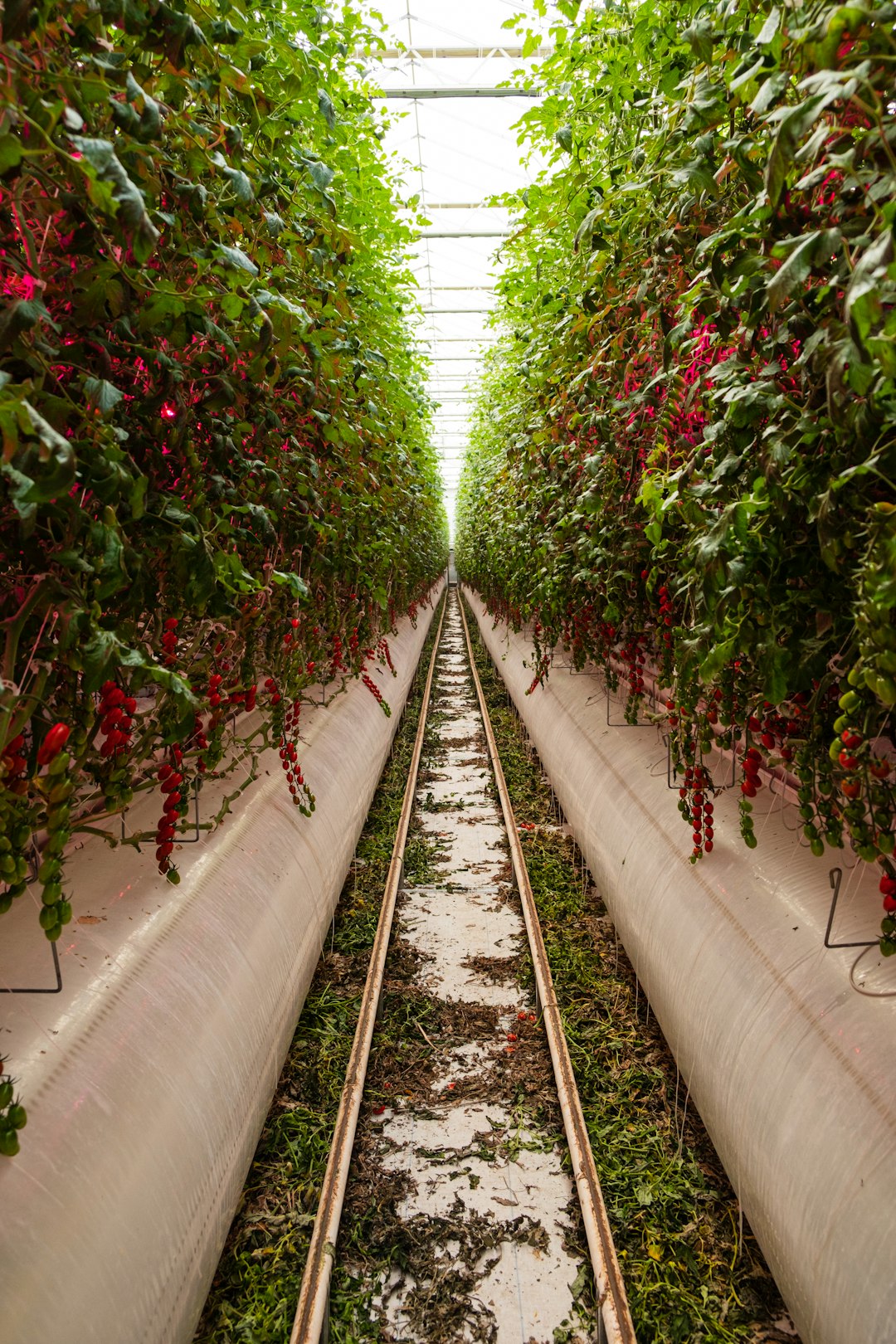For centuries, agriculture has been inextricably linked to the land. Vast fields, sprawling orchards, and grazing pastures have defined our food production systems. But what if we could unshackle ourselves from this dependence? What if we could grow food in towering structures, independent of geographical limitations and environmental constraints? This is the promise of vertical farming, a revolutionary approach to agriculture that’s poised to reshape our food future.
Vertical farms are essentially indoor facilities that utilize stacked layers to maximize growing space. Instead of sprawling horizontally across acres of land, they grow upwards, creating high-density, controlled environments. This innovative model offers several compelling advantages over traditional agriculture.
Firstly, vertical farms drastically reduce the land footprint required for food production. In an era of increasing urbanization and dwindling arable land, this is a crucial advantage. We can produce significantly more food on a fraction of the land compared to conventional farming, freeing up valuable space for other purposes.
Secondly, vertical farming offers unparalleled control over the growing environment. Factors like temperature, humidity, light, and nutrient delivery can be precisely regulated, leading to optimized crop yields and consistent quality. This precision also minimizes the use of pesticides and herbicides, creating a more sustainable and environmentally friendly system.
Water usage is also significantly reduced. Sophisticated hydroponic or aeroponic systems deliver water directly to the plant roots, minimizing water waste compared to traditional irrigation methods. This is especially important in arid and water-stressed regions.
Furthermore, vertical farms can be located closer to urban centers, reducing transportation costs and minimizing the carbon footprint associated with food distribution. Fresh, locally-sourced produce becomes a reality for even the most densely populated areas.
However, the transition to widespread vertical farming isn’t without its challenges. The high initial capital investment for building and equipping these facilities can be a significant barrier to entry. Energy consumption is another concern, although advancements in LED lighting and energy-efficient systems are mitigating this issue. Additionally, the scalability of the technology and the potential impact on local economies require careful consideration.
Despite these hurdles, the potential benefits of vertical farming are too significant to ignore. As technology continues to advance and costs decrease, vertical farms are likely to play an increasingly important role in feeding a growing global population while minimizing the environmental impact of agriculture. The future of food may very well be untethered from the land, growing tall in the heart of our cities.










